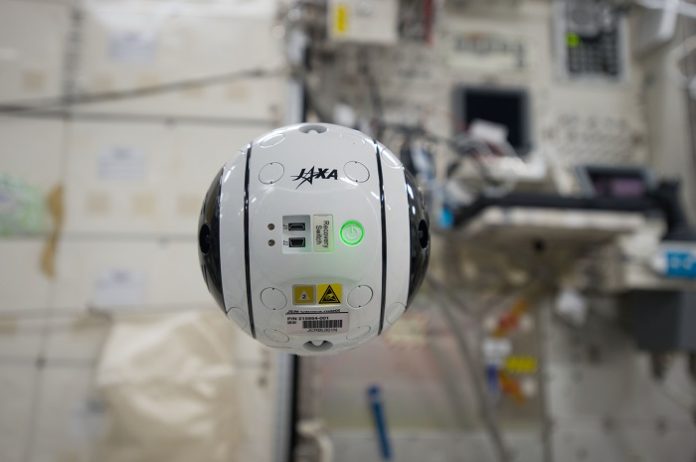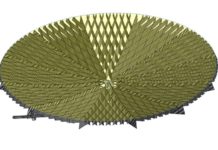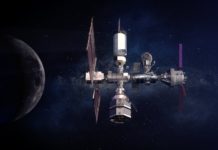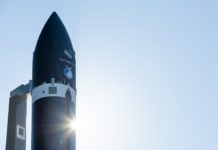On 4 June 2017, SpaceX’s Dragon cargo spacecraft was launched to the International Space Station (ISS) and carried with it the world’s first zero-gravity camera drone that can be controlled from the ground in real-time.
Known as Internal Ball Camera, or Int-Ball for short, the drone has attracted attention for both its abilities and its good looks. Small, round and cute, Int-Ball’s aesthetics were achieved entirely through 3D printing, and it already has its own fan base that shares fanart around it.
Int-ball was developed by Japan’s space agency JAXA for the its Japan Experimental Module (JEM) of the ISS, also known as Kibo. Measuring only 150mm in diameter and weighing approximately 1kg, Int-Ball can take photographs and record videos in space. It can also move or hover autonomously and is equipped with self-localization capabilities enabling it to orientate itself in the ISS.
The Birth of Int-Ball
The development of Int-Ball began in June 2016 and involved the following organizations: JAXA Human Spaceflight Directorate, JAXA Research and Development Directorate, the Artificial Intelligence Lab, the University of Tokyo, and several Japanese companies. According to Japanese news site Asahi, JAXA spent about 20 million yen (US$178,000) for the entire project.
Currently, Japan’s Kibo crew spends about 10% of their working hours taking photographs or video recordings of their experiments, using either hand-held recording devices or low-resolution wall-mounted cameras. In order to maximize limited time and resources on the ISS, JAXA decided to find a way to achieve zero photography time by the crew.
With Int-Ball, JAXA aims to minimize crew photography time and to better coordinate the activities of the ISS crew with the ground crew. Because Int-Ball is designed to be autonomous, the ISS crew will be able to work on their experiments with the ground crew examining them from the same vantage point.
Int-Ball Features and Components
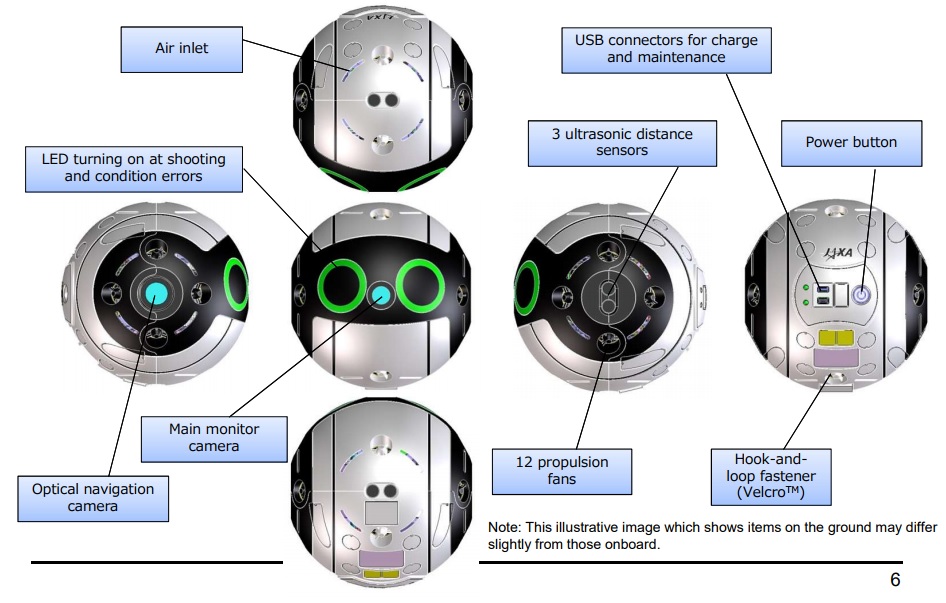
By adapting current drone technology for zero-gravity conditions, Int-Ball is able operate in a similar manner to a regular camera drone, and is controlled remotely by the ground crew at JAXA’s Tsubuka Space Center. The drone’s battery can last up to 2 hours, and is rechargeable via a USB port.
Containing a main camera as a recording device, the bulk of Int-Ball’s components are dedicated to enabling the drone’s autonomous movement. It contains an optical navigation camera for precise navigation, which is similar to the device on NASA’s Mars Reconnaissance Orbiter. Developed by the Artificial Intelligence Lab at the University of Tokyo, the optical navigation technology has been named “Phoenix”.
Int-Ball also has 3 ultrasonic distance sensors, which can detect targets and measure distances, and is a technology currently being tested globally on Unmanned Aerial Vehicles (UAVs). With these, Int-Ball can pilot itself across the ISS, hover, and take photographs of a known target.
The drone’s engines and attitude control systems lie in a single, compact package known as the Miniaturized All-In-One module. Measuring only 31mm, the cube contains a guidance control computer, inertial sensors, 3-axis reaction wheels and a CPU. This 3-axis wheel, originally conceived of at the University of Tokyo, will also be used in a proposed 50-kg spacecraft meant for deep space missions.
The Plan for Int-Ball
In total, the Int-Ball project consists for three phases and is now going through the first phase. During this phase, which tests the current version of Int-Ball, JAXA will monitor the drone’s wireless camera and assess its mobility in a micro-gravity environment.
In Phase 2, JAXA aims to manufacture a new version of the Int-Ball that is completely autonomous and does not require management. This, JAXA believes, is when it will achieve its goal of zero photography time by the Kibo crew.
For the third and final phase, JAXA will enhance Int-Ball for other uses besides photography and video recording. It aims to enhance Int-Ball so that it can assist in other tasks such as inventory management and inspection at emergency situations, especially with regards to extravehicular activity.
These activities will complement another image-related experiment JAXA is currently conducting, which is the testing of a High Definition TV Camera (HDTV) mounted outside the Kibo module in February this year.
The Future of Int-Ball
Aside from using it on the ISS, JAXA foresees that Int-Ball and its components can be adapted for use elsewhere, such as in deep space missions. For example, its All-in-One attitude control module was designed to be suitable for use as a rover on microgravity asteroids. The agency also has plans to develop robotic technologies that can be integrated with Int-Ball for such missions.

